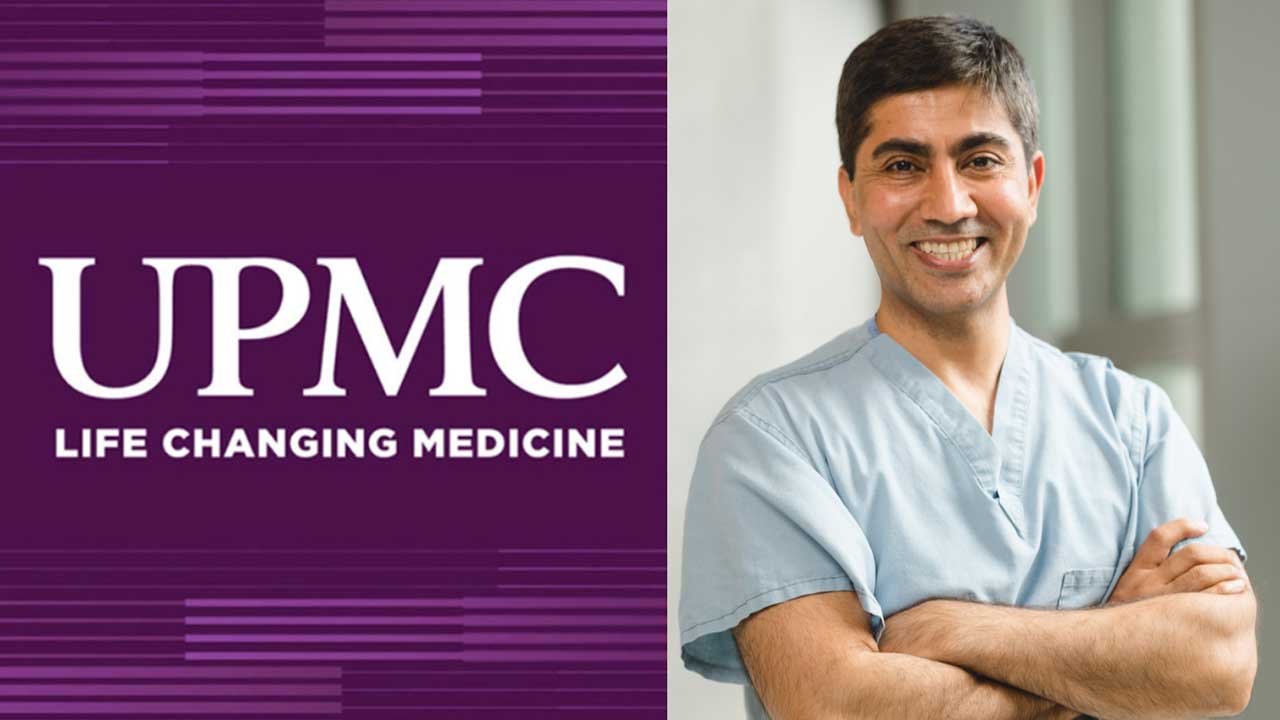Channels

Rotary

Rotary Conference

Laurel Health Centers

Penn Oak Realty

Movin Together

Bank On It

Dunhams Corner

By The Door

Questioning Life

Karschners Insurance

Ag Happenings

Back to Basics

Hornet Happenings

Live From The Hive

Momday Monday

Pennsylvania Politics

The Briefing

Weekly Highlights

Wellsboro Chamber

UPMC Physician: 3D Mammography Beneficial in Breast Cancer Diagnosis
Finding out that you have breast cancer is a life-changing event. However, in case of breast cancer, early detection and diagnosis is a key factor for its successful treatment. The earlier it is detected, the more likely it is to be curable. Mammogram is the most effective test in detecting breast cancer as changes in breast tissue can be seen far before a patient can feel them, and for women with dense breasts, 3D mammography is saving lives.
What is 3D Mammography?
3D mammography, also known as Tomosynthesis, is an imaging procedure that uses low-energy x-rays to create a 3D image of the breasts. Instead of the two normal angles of a regular mammogram (up and down, left and right), this method takes multiple pictures at several different angles.
A 3D mammogram offers advantages in detecting breast cancer in people with dense breast tissue because the 3D image allows doctors to see beyond areas of density.
Breast tissue is composed of milk glands, milk ducts and supportive tissue (dense breast tissue) and fatty tissue. Dense breasts have relatively greater amounts of dense breast tissue compared to fatty tissue. Both dense breast tissue and cancers appear white on a standard mammogram, which may make breast cancer more difficult to detect in dense breasts.
3D mammogram also improves the ability of mammography to detect early breast cancers and decreases the number of women “called back” for additional tests for findings that are not cancers.
When to Start Scheduling Mammograms
The standard answer to this question used to be when you reach the age of 40. However, this has changed as the answer is not the same for everyone. It’s important to speak to your doctor for a personal recommendation.
This consultation is the best time to mention your family’s medical history of breast cancer. Take note of what age your family member was when they were diagnosed. It will likely be suggested that you begin screenings for breast cancer at least 10 years earlier than the youngest person in your family being diagnosed with breast cancer. For example, if your loved one was 40 when diagnosed, you may have to start screening mammography at the age of 30.
If you do not have a family history of breast cancer, conversations of mammography could start with your doctor in your mid-to-late 30s. These discussions would go over the other possible risk factors that could possibly increase your breast cancer risk. These factors could be your age, weight, race, ethnicity, age at first pregnancy, inherited genetic defects and certain genetic changes.
An annual breast exam by a health professional is strongly recommended to compliment the mammogram.
What to Expect at Your Appointment
Knowing what to expect during a breast exam may help those that are nervous to schedule an appointment become less apprehensive.
When you get into the examination room of your doctor’s office, you will undress from the waist up and put on a gown. During the mammogram, you and a trained technician will be the only ones in the exam room for your privacy. Your breasts will be positioned one at a time between two plastic imaging plates. These plates will have pressure applied to them while multiple x-ray images are taken. This is necessary to spread out the tissue to get clearer images and to use less radiation. It may be a little uncomfortable, but the entire process will only take about 10 minutes. In most cases, it will only be 48 hours before you hear of your results from your doctor.
Tips for Your Next Mammogram
- Bring documentation of past breast treatments or biopsies if you have had any.
- Avoid wearing perfumes, deodorant, lotions, or oils for your appointment as they could interfere with the machine.
- Try to stay relaxed. If you tense up in anticipation of pain, it could be more painful due to the utilization of your muscles.
- If you are worried about the pain, avoid scheduling your mammogram a week before your period as your breasts could be more sensitive then.
- Honor Breast Cancer Awareness Month and schedule your mammogram this October.
Mohammad Tahir, MD, is a breast surgeon with UPMC in North Central Pa. and sees patients at UPMC’s Breast Center, 1100 Grampian Blvd., Williamsport. To schedule an appointment with Dr. Tahir, call 570-326-8200. For more information, visit UPMC.com/BreastNCPA.
Credits:
Writing: Mohammad Tahir, MD, MPH, PhD - Breast Health, UPMC
Produced by Vogt Media
Home Page Sponsors: UPMC






































